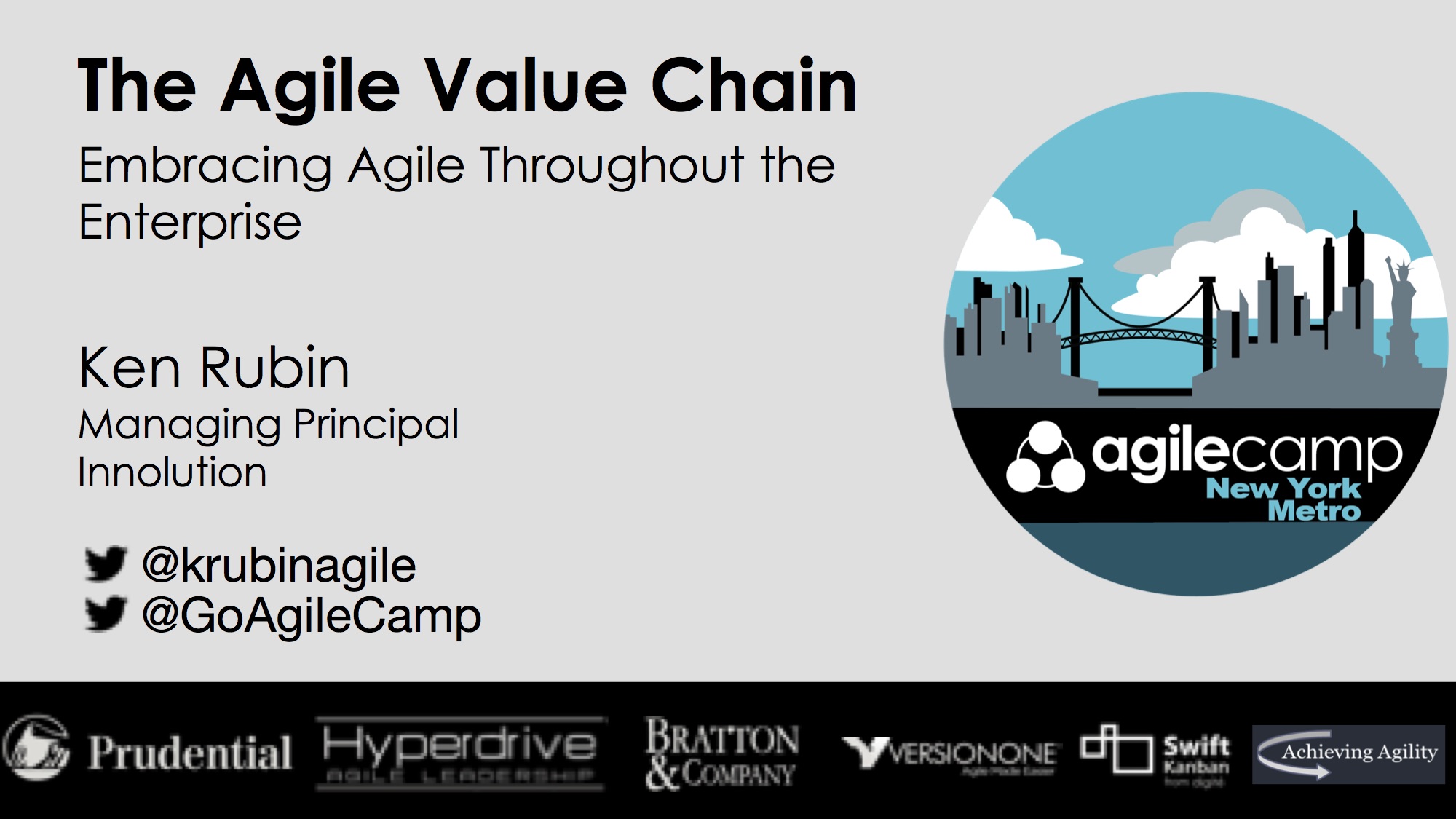The Agile Value Chain—Embracing Agile Throughout the Enterprise
Do you work in an organization that expects development to be agile but doesn’t see any advantage of changing the way the rest of the organization operates? Do your colleagues in sales, marketing, finance, legal, HR, governance, etc., unintentionally make your job more difficult just by doing things they way they’ve always done them? Do you try to explain that agile requires changes across the organization, only to hear, “But agile is all about development, right?” If so, I bet you’ve heard all the same excuses I have. Sales can’t operate in an agile-like way because legal demands they write fixed-priced, fixed-scope, fixed-date contracts. Finance would love to be more agile, but budget realities require that you submit a spending plan detailing where every penny will be spent a year or more ahead of time—and yes, you will be held accountable to that. Senior management would love to help limit the number of projects, but that would mean saying no to one or more stakeholders, which just isn’t politically feasible. So for now, they’d like to have all the teams show a little progress (however small) on every project. It is a miracle that we can do any kind of reasonable agile development in this environment! The reality is that if we want to be successful with agile, I mean truly reap the benefits of what we expect to get from agility, then we need to embrace agile throughout the full value chain. In other words, the non-development parts of the organization have to embrace agile and align their efforts with those of development. This presentation presents various strategies for aligning groups like sales, marketing, legal, finance, HR, and senior management with core agile principles. The goal is to create an agile organization.
